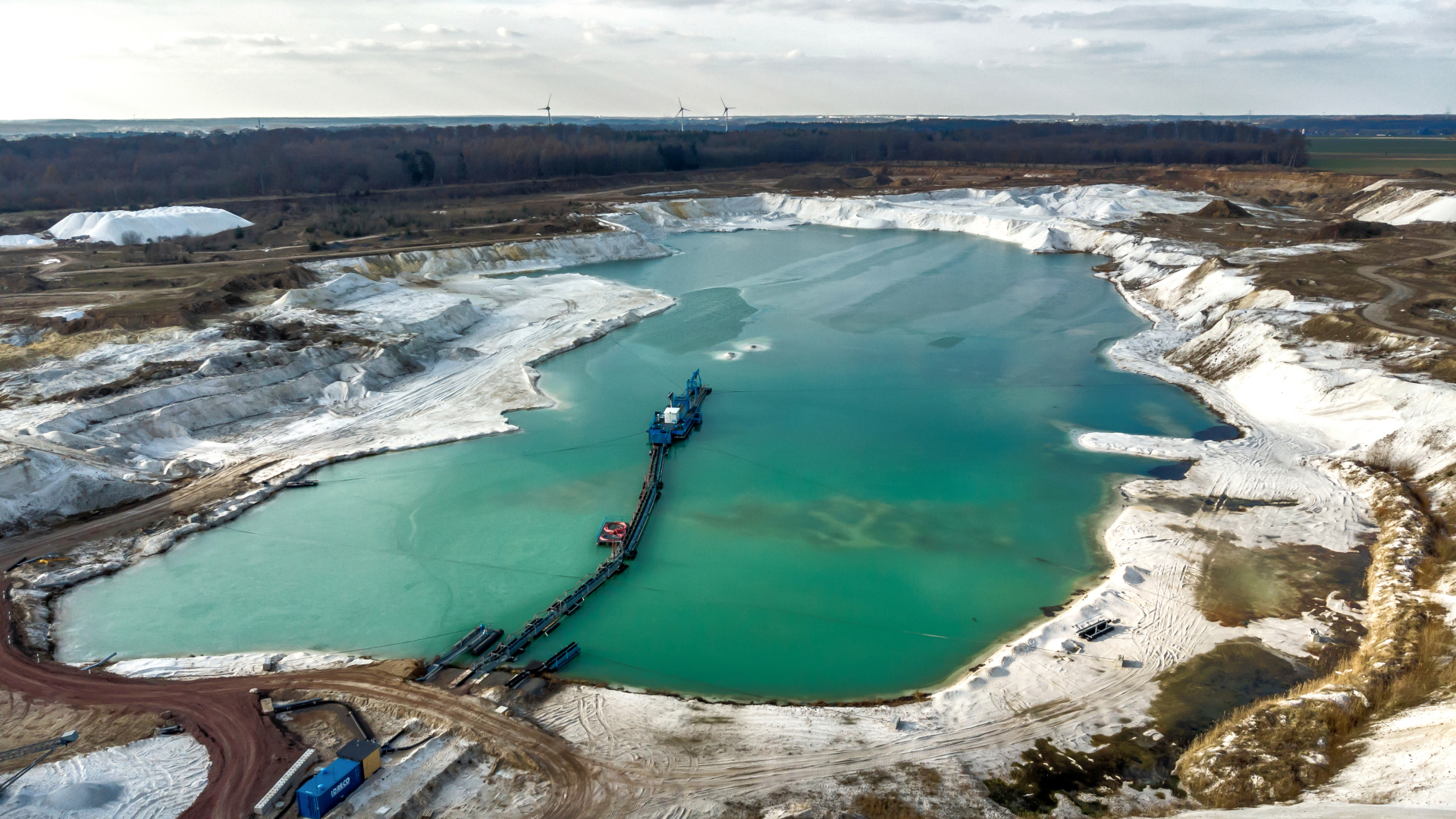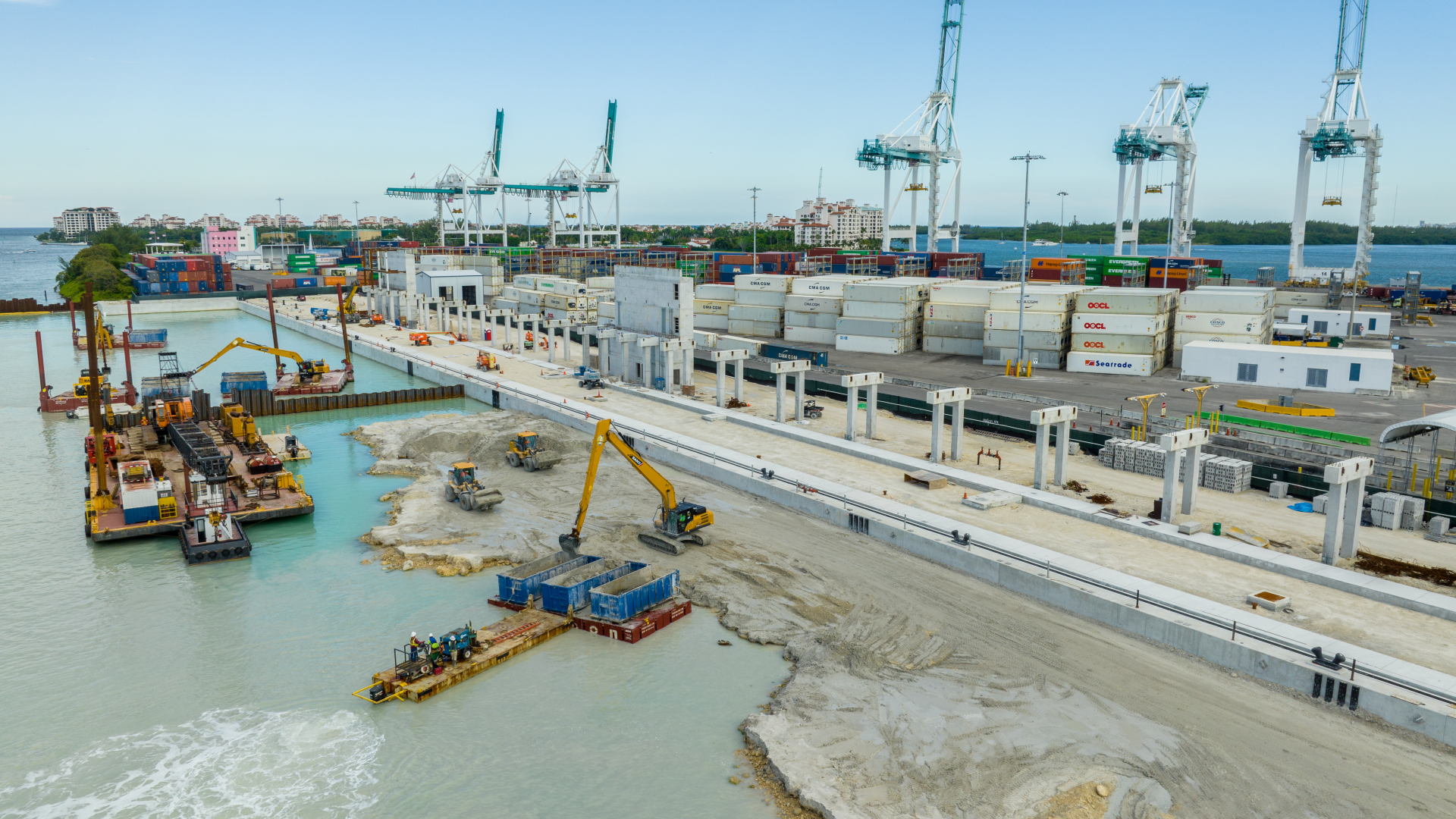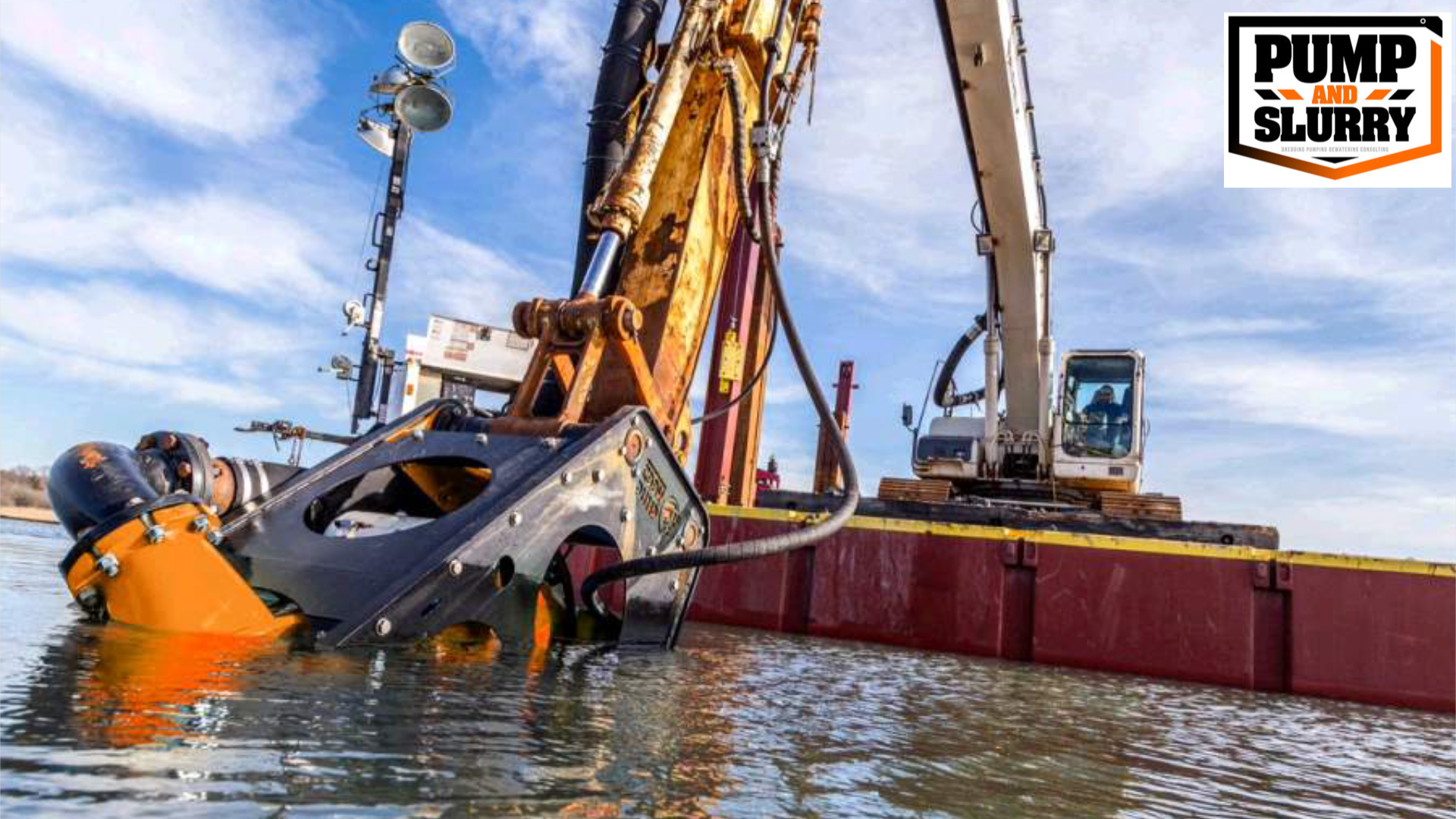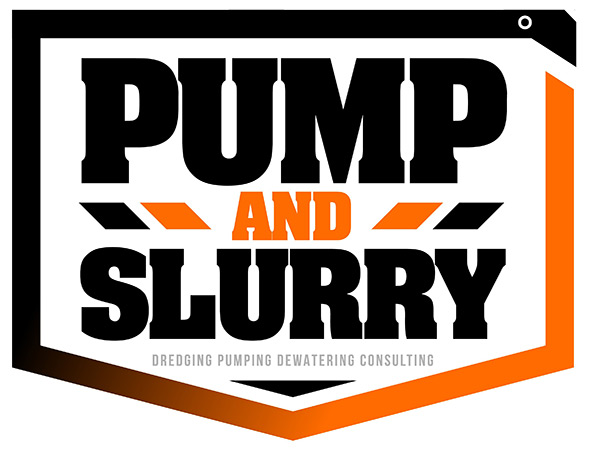
Introduction
Dredging is a vital operation used across various industries, from environmental remediation to land reclamation and navigation improvement. Whether it’s clearing waterways, restoring eroded coastlines, or excavating materials from the seabed, dredging plays an essential role in maintaining and expanding infrastructure. However, choosing the right dredging equipment for sale is a critical decision that can affect the efficiency, cost, and overall success of a project. This guide will provide you with key insights into finding the best dredging equipment, whether new or used dredging equipment for sale, and how to make an informed purchasing decision.
Understanding the Different Types of Dredging Equipment

There are several types of dredge equipment, each suited for specific tasks:
- Cutter Suction Dredgers: Ideal for heavy-duty dredging, such as removing sediments and hard materials. These machines use a rotating cutter to loosen the material, which is then sucked up and transported via a pipeline.
- Hopper Dredgers: Designed for dredging softer materials like sand and silt, these dredgers store material in onboard hoppers and can transport it over long distances.
- Mechanical Dredgers: This category includes bucket dredgers, backhoes, and clamshell dredgers. These are used for precise excavation and are suited for smaller-scale projects or when dredging near structures.
When selecting dredging equipment for sale, consider the nature of the project. For example, environmental dredging often requires precision and minimal disruption to the surrounding environment, favoring mechanical dredgers. Land reclamation projects, on the other hand, benefit from high-capacity cutter suction dredgers to handle large volumes of material efficiently.
Other factors include the depth of the operation, the type of material being dredged, and the transportation method for the dredged material.
New vs. Used Dredging Equipment: Pros and Cons

When purchasing dredging equipment for sale, you can opt for either new or used dredging equipment for sale. Each option comes with distinct advantages and drawbacks.
- New Dredging Equipment:
- Pros: You’ll benefit from the latest technology, higher efficiency, and improved safety features. New equipment also typically comes with warranties and the ability to customize the machine to your specific project needs.
- Cons: The upfront cost is significantly higher compared to used equipment, and there may be a longer lead time if the equipment needs to be manufactured or customized.
- Used Dredging Equipment:
- Pros: Used dredging equipment for sale is more cost-effective and readily available, making it a good option if you’re working with a tight budget or need equipment on short notice.
- Cons: The risks include a lack of warranty, potential wear and tear, and outdated technology. Buyers should also consider the equipment’s maintenance history and current condition.
It’s important to weigh these factors based on your project’s scope, timeline, and budget to determine which option best fits your needs.
Key Features to Look for When Buying Dredging Equipment

When evaluating dredging equipment for sale, there are several key features you should keep in mind:
- Performance Capabilities: Ensure the equipment can meet the project’s depth, capacity, and material handling requirements. Look for dredgers capable of handling the specific type of material you’ll be working with, whether it’s soft silt or heavy sand.
- Durability: The equipment’s materials should withstand the harsh conditions of dredging, including exposure to water, salt, and abrasive materials.
- Mobility: Depending on your project, the ease of transportation can be a significant factor. Some dredgers are easier to move and set up than others.
- Fuel Efficiency: Dredging operations are energy-intensive. Equipment that offers better fuel efficiency will not only reduce operational costs but also minimize the environmental impact.
Maintenance: Consider how easy it is to maintain the equipment. Machines with easily accessible parts and clear maintenance protocols will save time and money in the long run.
Where to Find Reliable Dredging Equipment for Sale

There are several avenues for sourcing dredging equipment for sale:
- Reputable Manufacturers and Suppliers: Start by researching well-known manufacturers of dredging equipment. Companies specializing in dredge equipment typically offer both new and used dredging equipment for sale, often providing customization options and support services.
- Online Marketplaces: Platforms like machinery auctions and online marketplaces can provide access to both new and used dredging equipment for sale. However, buyers should be cautious and ensure that the seller is reputable by reviewing feedback and performing thorough due diligence.
- Networking: Attending industry events, conferences, and trade shows can help you connect with suppliers and learn about equipment firsthand.
International vs. Local Suppliers: While international suppliers may offer a wider variety of equipment, local suppliers can provide easier access to parts, service, and quicker delivery.
Evaluating the Total Cost of Ownership (TCO)
When purchasing dredging equipment for sale, it’s crucial to look beyond the initial purchase price. The total cost of ownership (TCO) includes:
- Initial Purchase Price: The upfront cost of the equipment.
- Operational Costs: Fuel, labor, and environmental compliance.
- Maintenance and Repairs: Regular upkeep and part replacements.
- Resale Value: How well the equipment retains value over time.
- Depreciation: The rate at which the value of the equipment decreases.
By considering the TCO, you can make a more informed decision that balances short-term and long-term costs.
Tips for Inspecting and Verifying Used Dredging Equipment

If you’re considering purchasing used dredging equipment for sale, a thorough inspection is essential. Key points to inspect include:
- Engine Condition: Look for any signs of wear, oil leaks, or mechanical issues.
- Hydraulic Systems: Verify that the hydraulic systems are in good working order, as these are critical to the equipment’s performance.
- Service Records: Review the machine’s service history to ensure regular maintenance has been performed.
- Spare Parts Availability: Check if spare parts for the model are readily available, especially if it’s an older piece of equipment.
Customizing Dredging Equipment to Suit Specific Project Needs
Depending on your dredging project, customization may be necessary. For example, you may need to modify a dredger to handle specific types of materials or work in challenging environments. Many manufacturers offer custom solutions or third-party modification services to enhance the functionality of the dredge equipment.
The Importance of After-Sale Support and Warranty
After-sale support is vital for maintaining the efficiency and longevity of your dredging equipment. Look for suppliers that offer:
- Warranties: These can range from limited warranties on used dredging equipment for sale to comprehensive coverage on new machines.
- Technical Support: Ensure that your supplier provides technical assistance for troubleshooting and repairs.
Replacement Parts: Easy access to replacement parts will help minimize downtime during operations.
Conclusion

Finding the best dredging equipment for sale involves understanding your project’s needs, comparing new and used options, evaluating key features, and considering long-term costs. Whether you’re looking for cutter suction dredgers or mechanical dredgers, this guide offers a comprehensive roadmap for making an informed decision. Consult with industry experts or trusted suppliers to ensure your dredging operation runs smoothly and efficiently.
By incorporating the right knowledge and attention to detail, you’ll be well-equipped to find the most suitable dredging equipment for sale to meet your project’s specific requirements.




